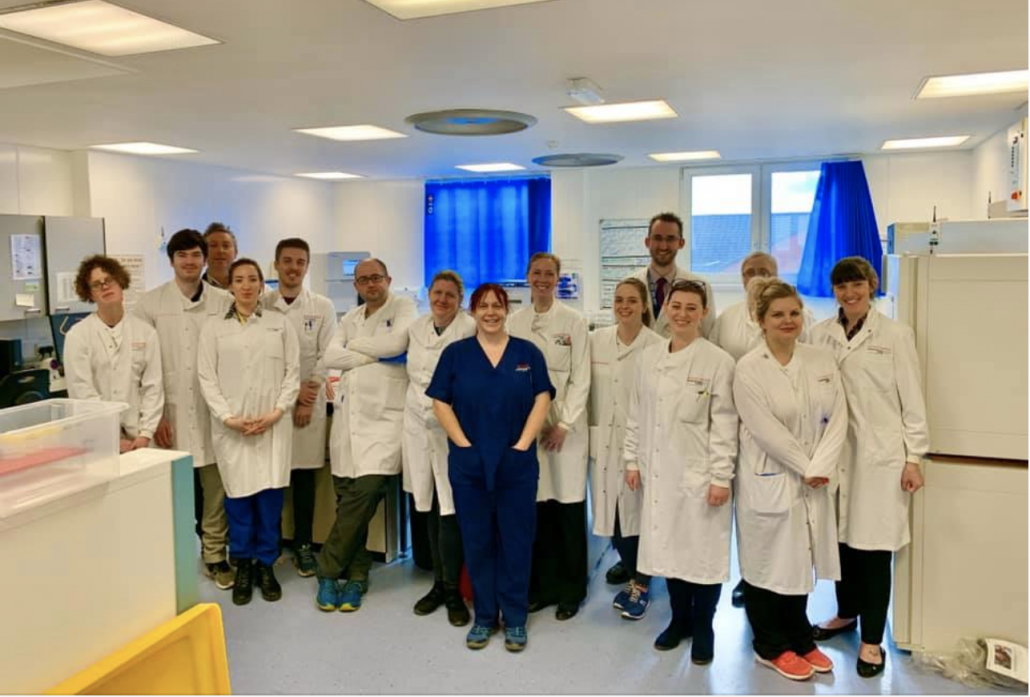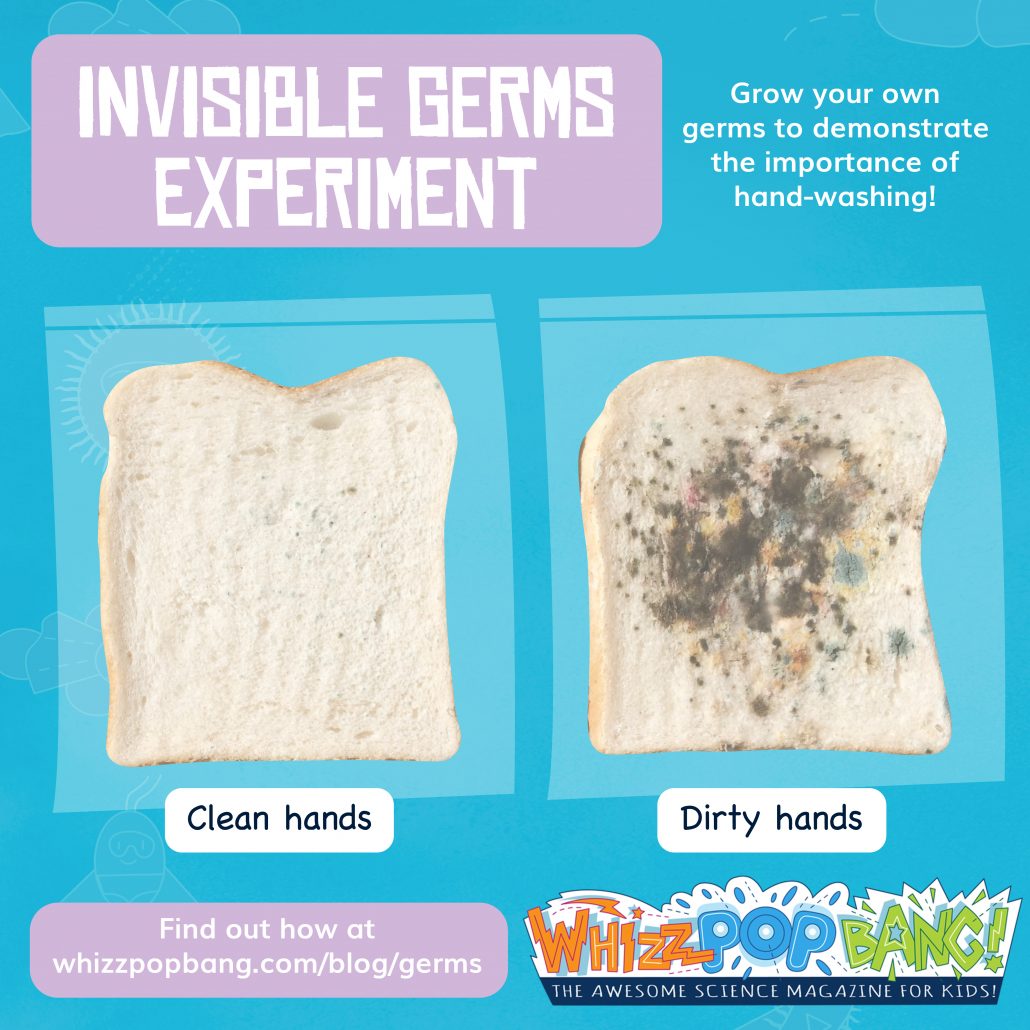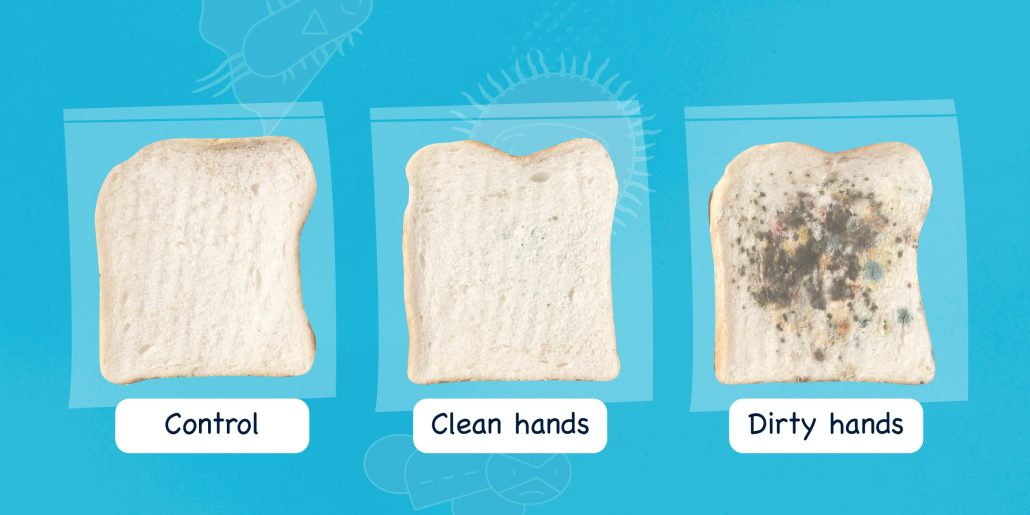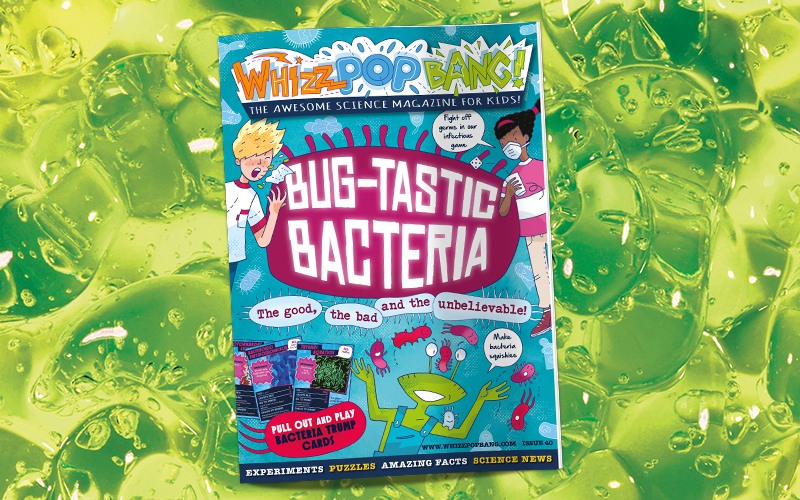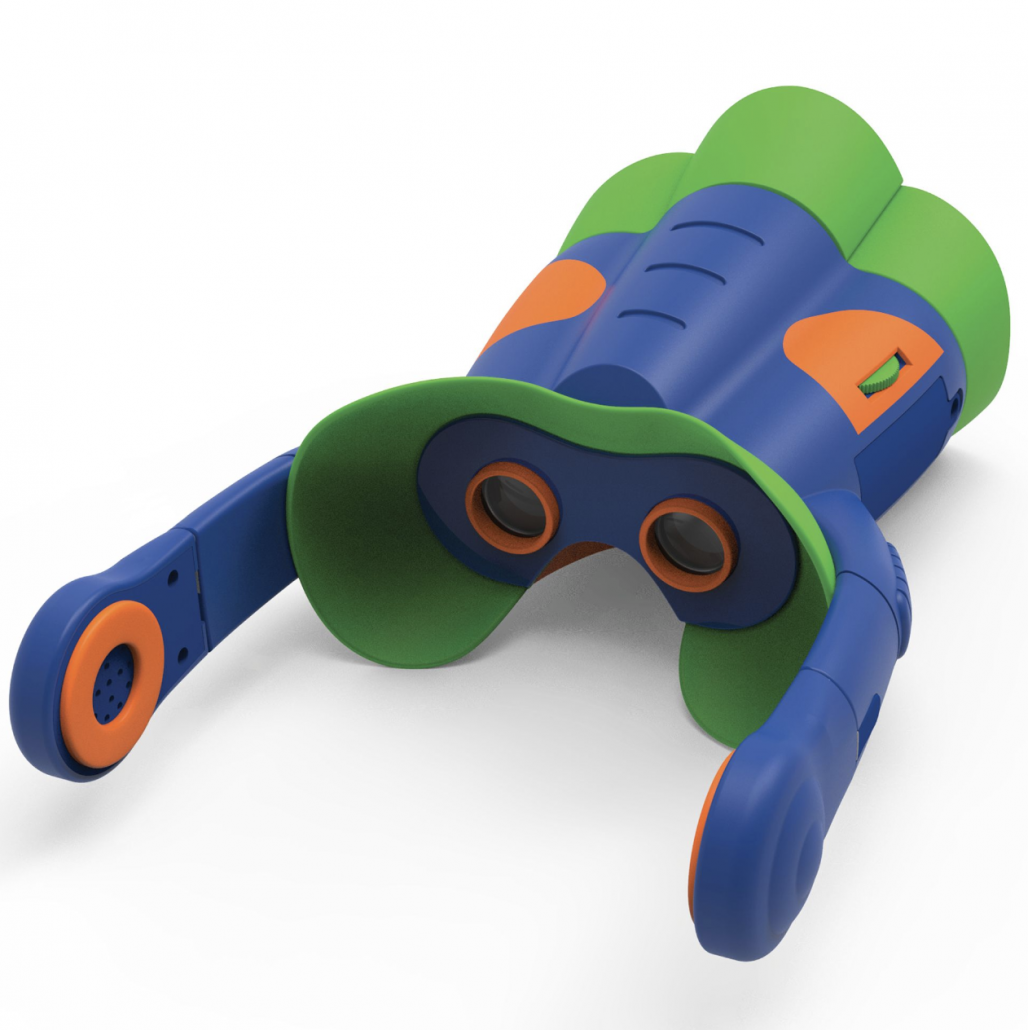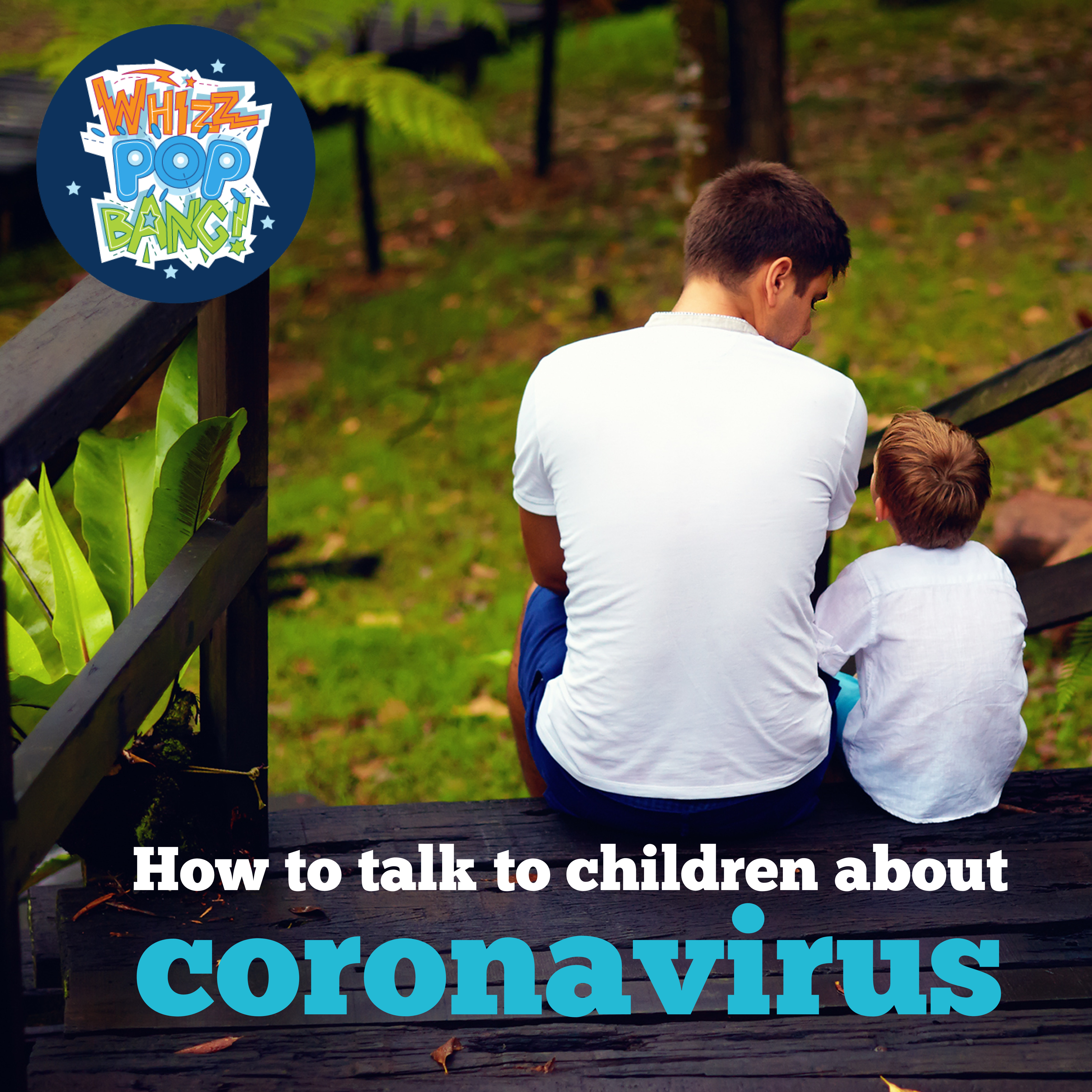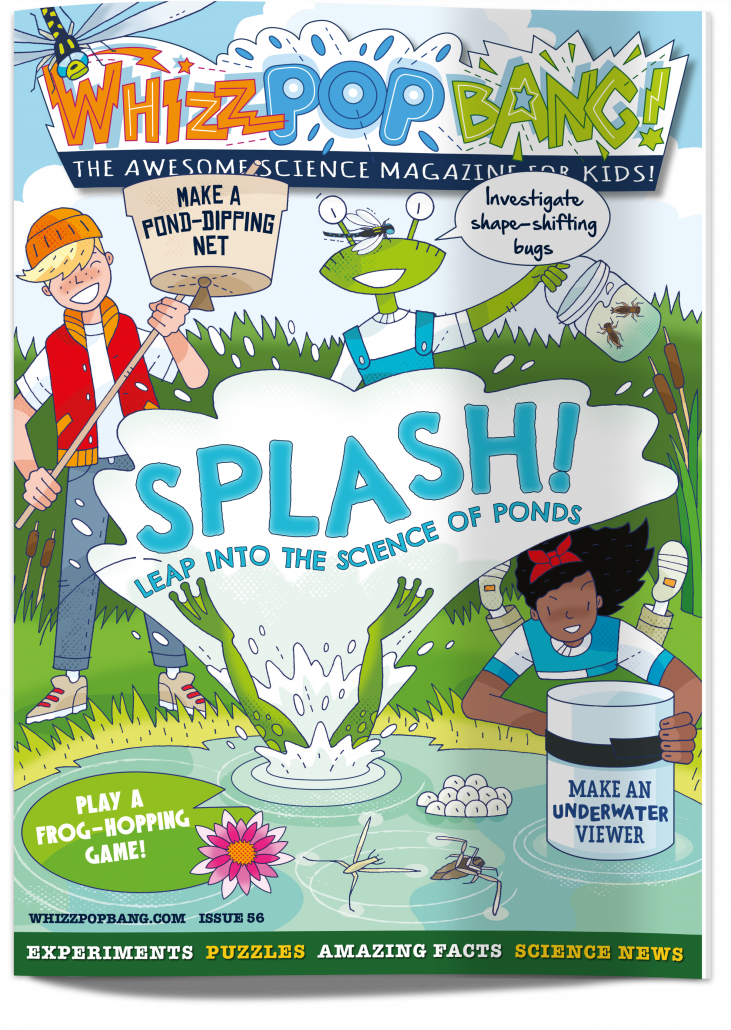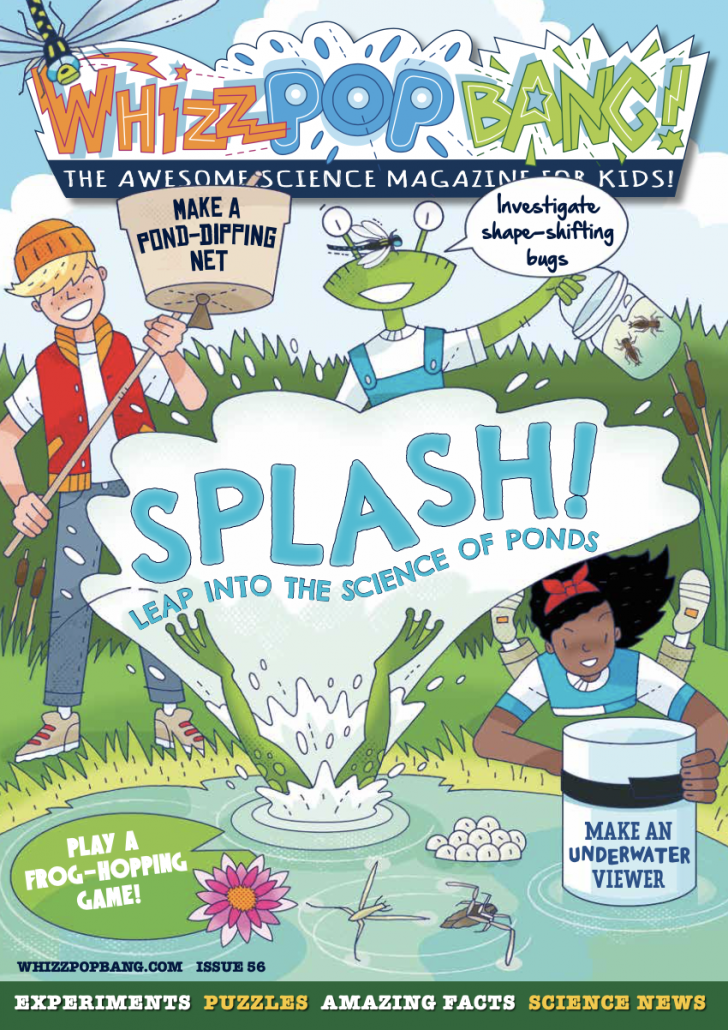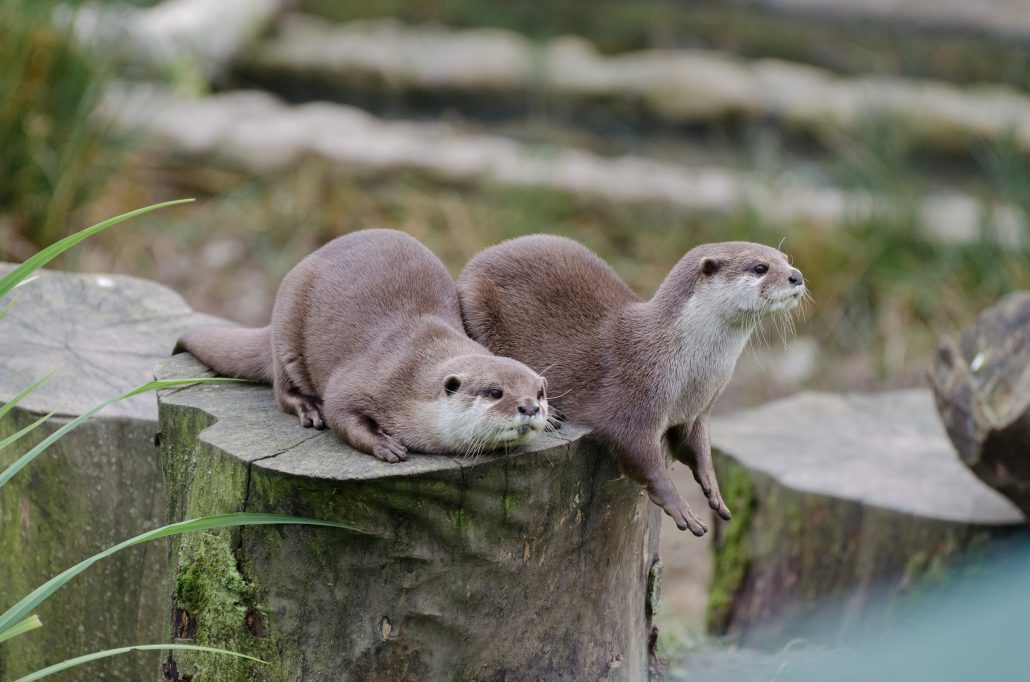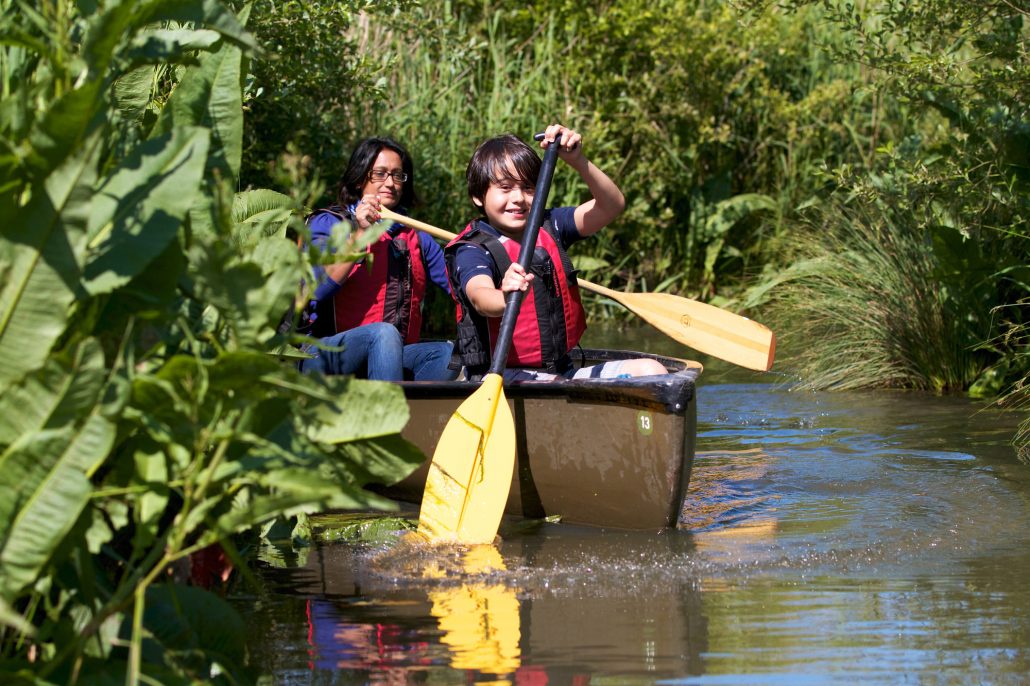Now that schools are closed, have you become a home educator overnight? Whizz Pop Bang is the world’s most awesomely amazing kids’ science magazine, bursting with hands-on experiments, facts and fun, and we want to help you and your children with the huge transition that many of us face.
Here are some FREE science activities and experiments to help you entertain, excite and educate your year 4 child! You’ll find a reading comprehension about toilets, discover how to make slime, meet an inspiring female scientist, discover how to make an erupting volcano and how to mummify a tomato!
Our experiments are designed for children from 6 to 12, but this list of experiments is particularly perfect for year 4, P5 (Scotland), 8-year-olds and 9-year-olds as they tie in with the relevant National Curriculum objectives and topics.
The reading comprehensions included here were designed to be read at A3 size, so text may appear too small when printed at A4. They work really well on a tablet or monitor, or you may need to print them on two pages of A4 if your printer allows.
If you have any comments or questions about our free year 4 science experiments and reading comprehensions, please leave a comment for us. Or do you have any science homeschool ideas or general home educating ideas for 8- and 9-year-olds? We’d love to hear from you!
How toilets work reading comprehension
Toilets! We all use them but how many of us know how they work? Now you can find out what happens to your wee and poo when you flush the toilet. A diagram of a toilet is labelled with expanded captions, including key vocabulary such as dual flush, cistern, valve, float, s-bend and inlet valve.
This downloadable reading pack includes:
– A reading spread about toilets for you to print or for your child to read on a tablet.
– Reading comprehension question sheet and answer sheet.
Topic links: Year 4 Animals including humans, P5 Body system and cells
Make gloopy slime
Your slime-obsessed year 4 and P5 child will love this gooey activity! They will make their own slime, then decide if it is a solid or a liquid. This oobleck is guaranteed to provoke a lot of scientific discussion about changing states, reversible and irreversible changes, non-Newtonian fluids and more. It’s not as straightforward as it seems!
You will need:
Cornflour
Water
Mixing bowl
Food colouring (optional)
Bonus activity: spot the difference puzzle
Topic links: Year 4 States of matter, P5 Properties and uses of substances.
Interview with an explosions expert reading comprehension
Meet chemistry professor, explosions expert and science communicator, Kate Biberdorf and find out why she blows up things to inspire her students!
This downloadable reading pack includes:
– A reading spread about Kate Biberdorf for you to print or for your child to read on a tablet.
– Reading comprehension question sheet and answer sheet.
Topic links: Year 4 States of matter, P5 properties and uses of substances.
Make your own volcano
Print a paper volcano, then use kitchen chemistry to make it erupt!
You will need:
A small container (e.g. a spice jar)
Bicarbonate of soda or baking powder
Vinegar
Red food colouring
Yellow food colouring
Washing-up liquid or soap
A tray or outside space
Bonus activity: fireworks on a plate
This activity is taken from Whizz Pop Bang’s Awesomely Amazing Science Club – download the entire pack here!
Lava experiment
Discover the difference between viscous and runny magma in this gloopy volcano activity!
You will need:
Golden syrup, honey or other viscous liquid
Two paper straws per child
Safety goggles (or sunglasses!)
Bonus activity: move water with fire
This activity is taken from Whizz Pop Bang’s Awesomely Amazing Science Club – download the entire pack here!
Mummify a tomato
Anything that was once alive can be mummified! Create the conditions used by Ancient Egyptians to mummify a tomato.
You will need:
Two tomatoes
Antiseptic liquid or handwash
Kitchen paper
Bicarbonate of soda
Salt
Two small jam jars or glasses, slightly bigger than your tomatoes
Toilet tissue (optional)
Are you home educating children in other year groups? Then you might find these posts helpful:
Free science activities for year 2 and P3
Free science activities for year 3 and P4
Free science activities for year 5 and P6
Free science activities for year 6 and P7



